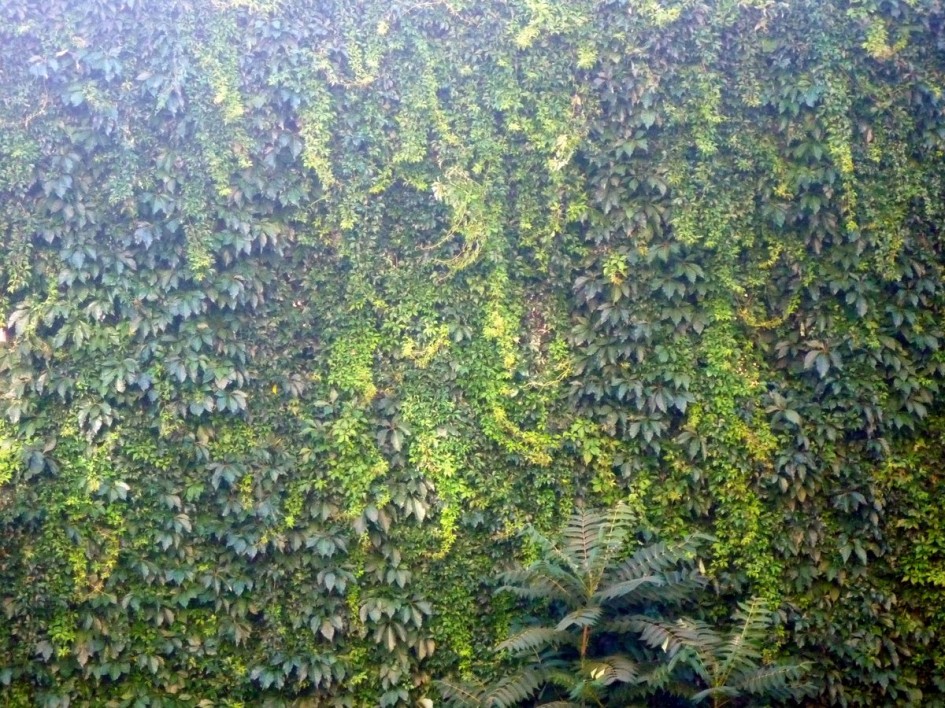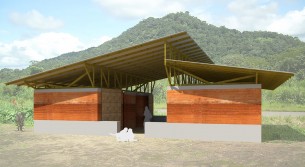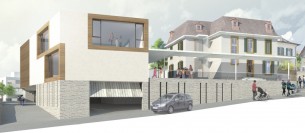A few easy guidelines for sustainable housing :
Avoid resource consuming climate control
Walls and insulation
use it outside the walls if you live in cold winter regions in order to avoid thermal weak points. Avoid industrial glass and rock wool, which are already classified as dangerous waste. Also, the elaboration process involves heating at over 1.600°C. Opt for natural insulation like hemp, that also shields against summer heat. Thick bright walls (out of adobe for example) also protect well for hot days.
Heating
efficient systems with wood will do the job better and cheaper than an oil plant.
Air-conditioning
Passive ventilation has to be optimized in order to avoid mechanical cooling. A secular example of effective passive cooling are the windcatchers of Iran. Also, when having hot conditions, try to produce as much shade as possible inside.
Windows
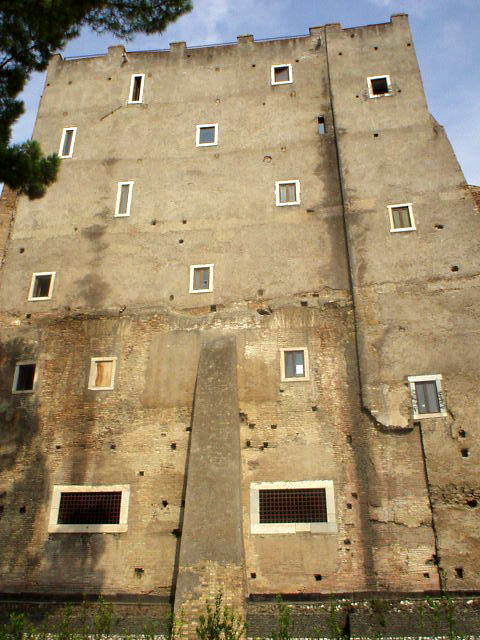
use triple glazing in cold winter regions. Avoid unshaded glass in hot regions.
Sun-shading
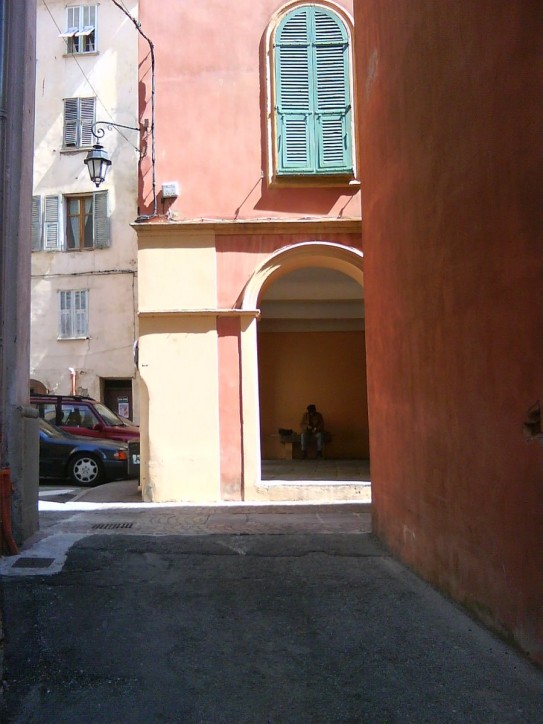
Sun-shading is only efficient when outside the window. In fact, the glass of the windows has to be shaded in order not to heat up. Glass is a conductive material like metal and acts as a thermal collector.
Roof
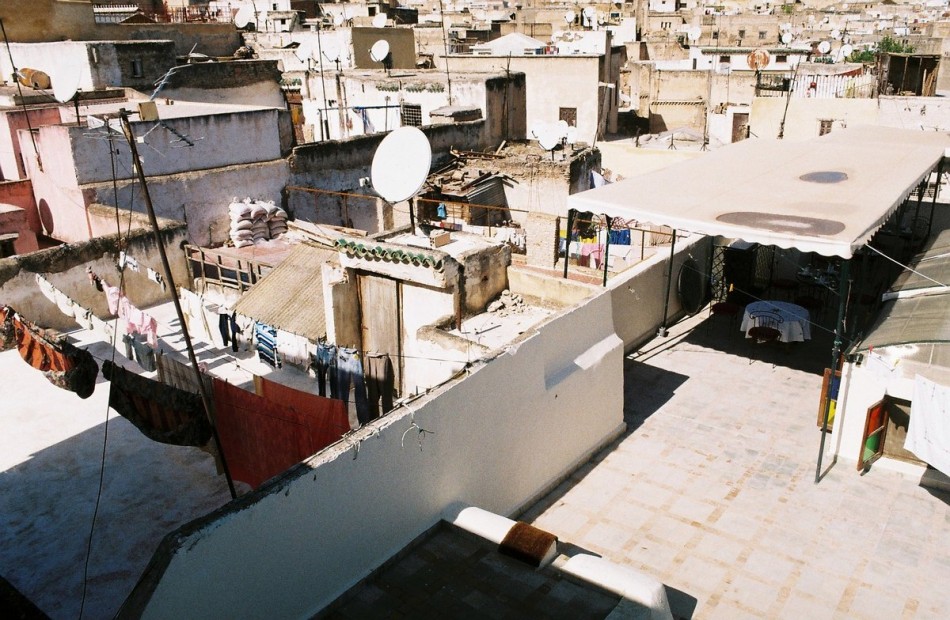
sloped roofs are recommended in regions with snow. Greened roofs add to insulation properties and work better when flat. Flat roofs can become an additional terrace in hot regions. In some countries they sleep on the roof in the summer.
Rain water collectors :
usually in the basement for structural reasons (water is heavy), the collected water can be used for gardening, car cleaning or toilet flushing.
Pool :
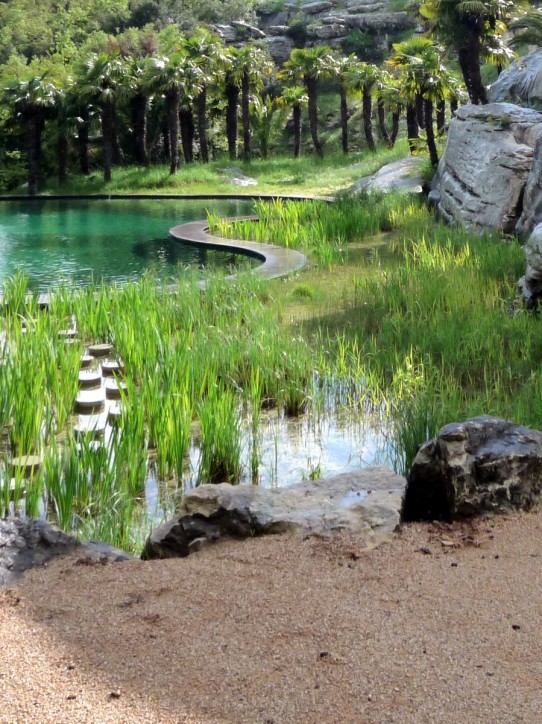
chemically cleaned pools are a high cost factor and a huge water waste. Natural pools, with a plant-treatment pond, are nicer, cheaper and cleaner.
Solar energy collectors :
there are 2 types of collectors : to warm water and to produce electrical power. Despite obvious advantages, the production footprint of the panels is questionable, coming from China with high water consuming components made out of rare earth. Also they have discussable aesthetics.
Planning your building :
Build with local materials, local craftsmen and traditional techniques
In fact material transportation in construction is highly CO2 emissions productive. Avoid exotic materials, global marketed industrial products and so on. It can be tricky because cost cutting can lead to unexpected situations : for example larch wood is pretty good to build in Europe, but the one you get at the store comes from Siberia. Traditional building techniques got lost with the industrialization of building in the 1950’s. Yet, there is a come-back trend for local craftsmanship.
Work with an architect
Bypassing the architect is like going on court without lawyer. For sure, at first glance it all seems obvious and easy, why not do it yourself. An architect will avoid all the common traps and mistakes that are non reversible. Furthermore, (s)he will deal with local regulations. Lastly, (s)he will turn your home into a space you wanted and decided, like a tailored suit. Furthermore, real-estate agents will charge the same as an architect (about 10%) just selling the house that was not designed for you.
The myth of the passive house :
Passive house by Prof. Werner Sobek / inhabitat
If you feel like living in an expensive bunker, passive house is for you. This German norm is about buildings producing more energy than consuming. It is basically a box with very thick walls avoiding windows (which are the weak thermal point) and glazing almost only on the south facade. You add some high-tech gadgets (combined heat and power unit, heat exchangers, ventilation system with heat recovery, solar panels) and here you have your livable power-plant. The passive house mostly applies to climates similar to Germany, cold winters and mild wet summers.
Good architects anyway are able to design attractive spaces in passive house standard. But maybe passive house is too ambitious, why not aim at first place for low energy houses that still offer more freedom in space design.
Current misconceptions about green walls and trees on high rise buildings :
Modern green walls are highly water consuming. In fact, the greener plants are moss, naturally growing on shady forest grounds. On city walls, they need the same conditions as in the woods. Ivy like plants always did the job better :
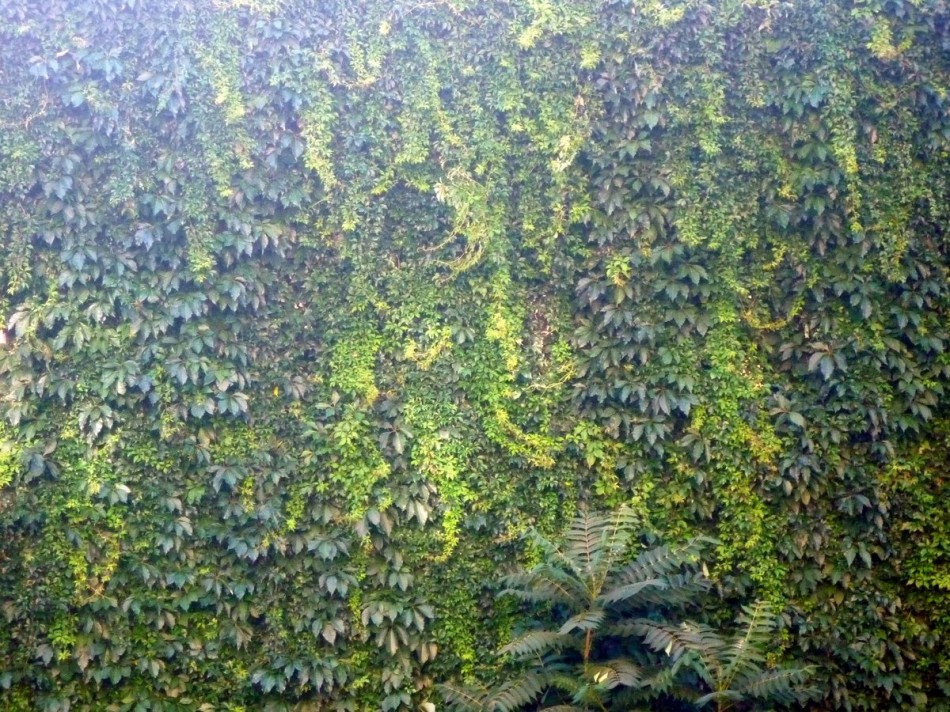
About green skyscrapers, a small tree needs at least 80 cm earth, resulting in 1,20 m thick and heavy slabs. They are possible, but your building will look fatter than in most simulations. Let’s have them on ground, instead of cars for example. More about the topic on ArchDaily.
Sky Village in Rødovre / MVRDV / ArchDaily
